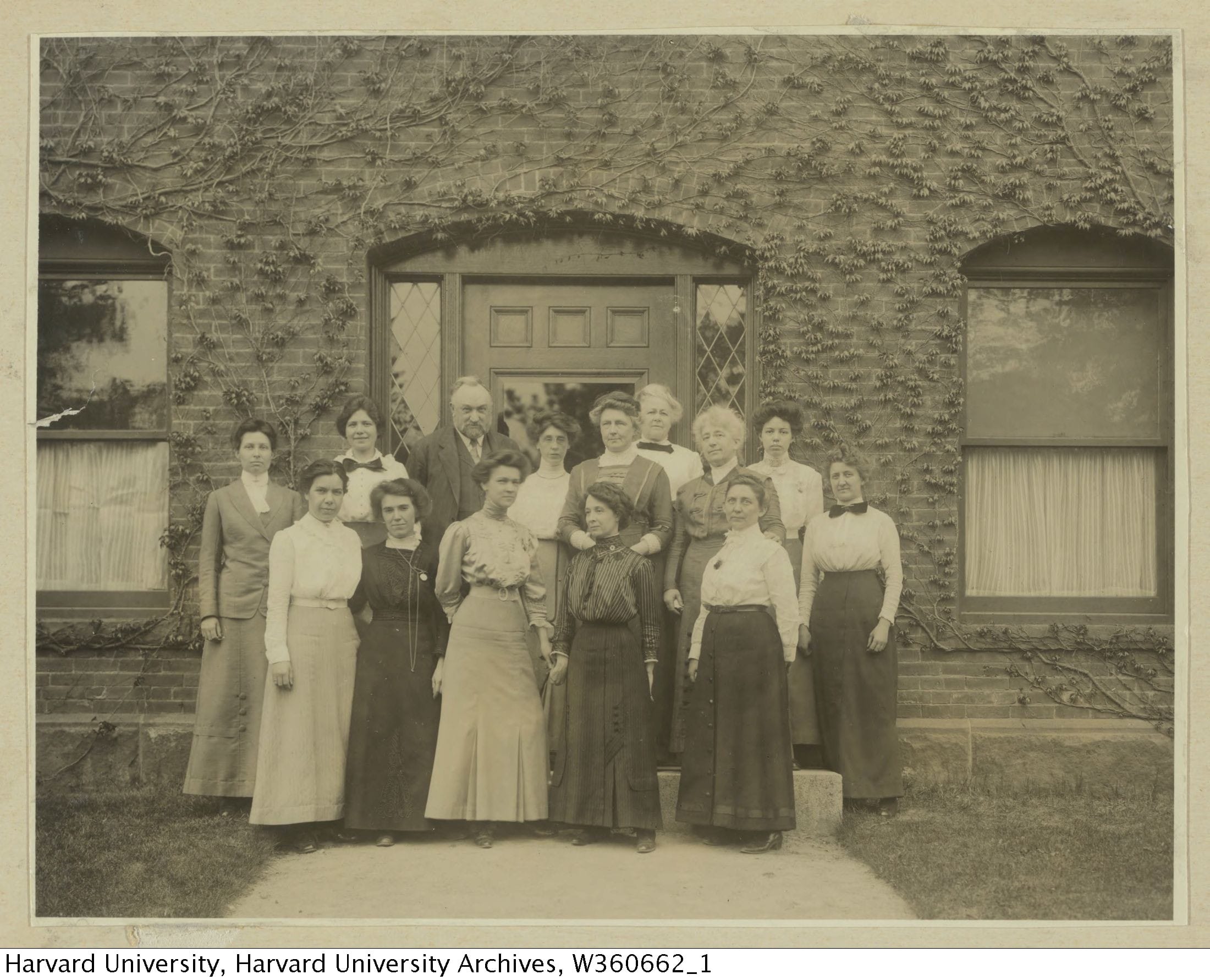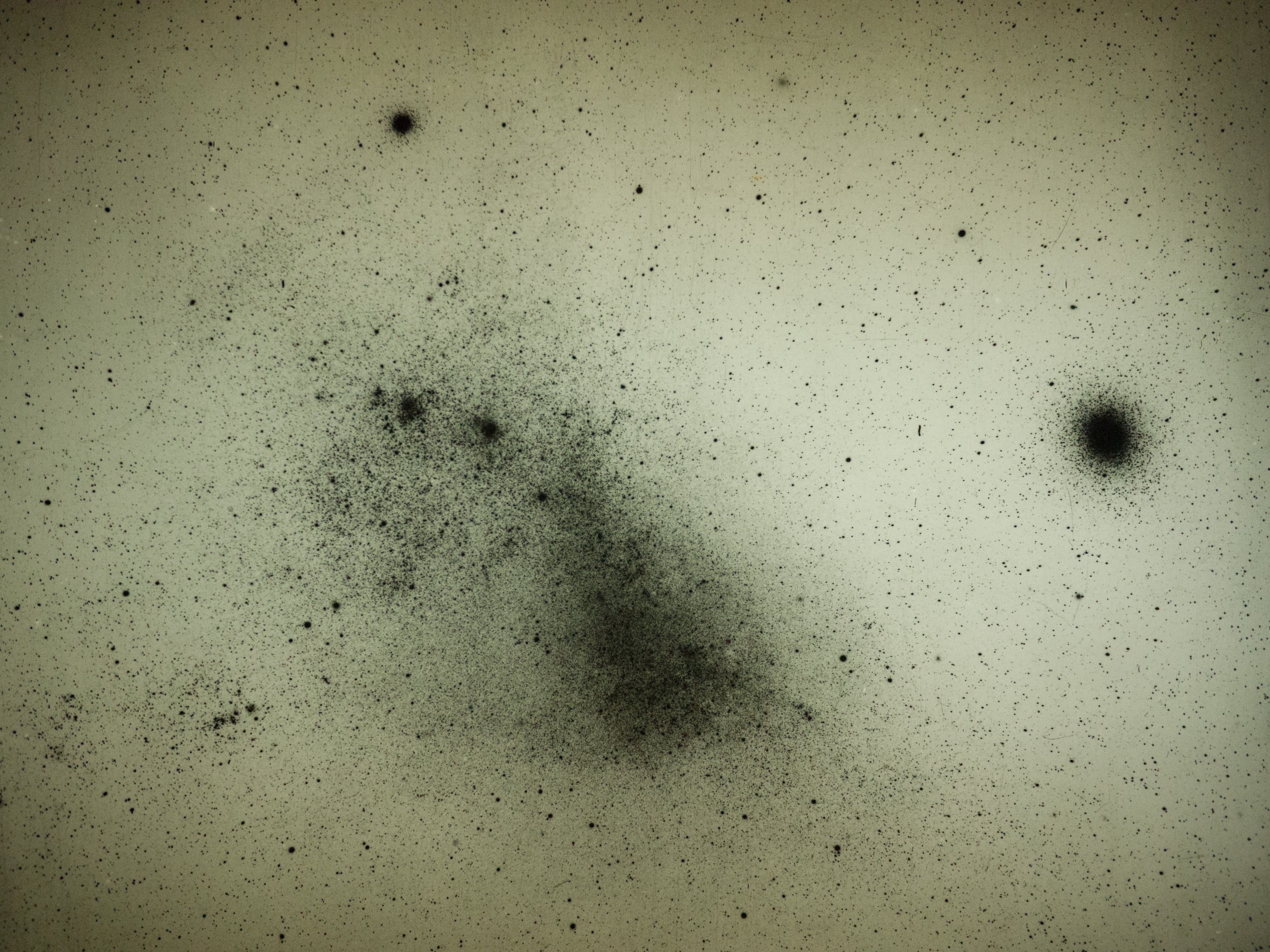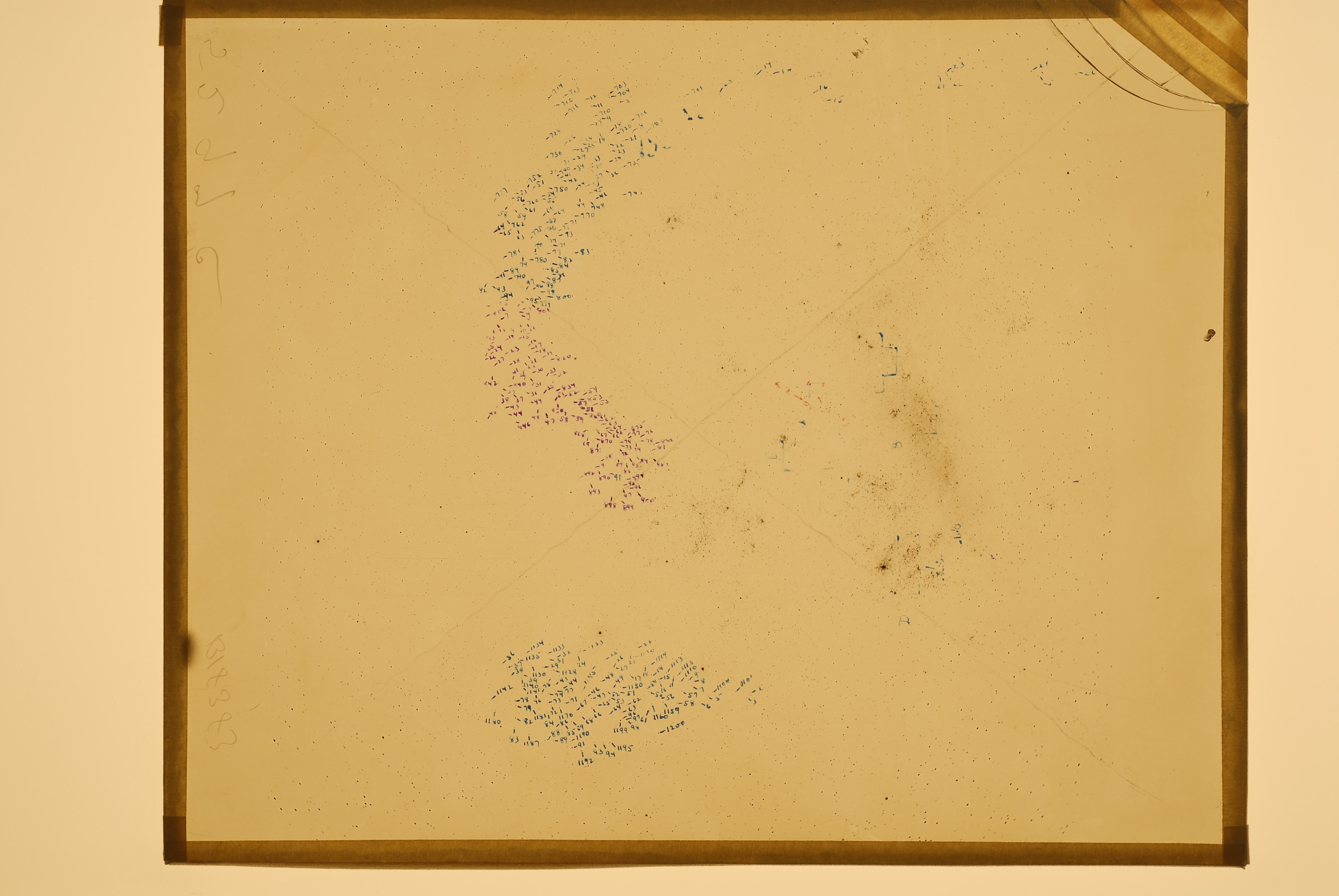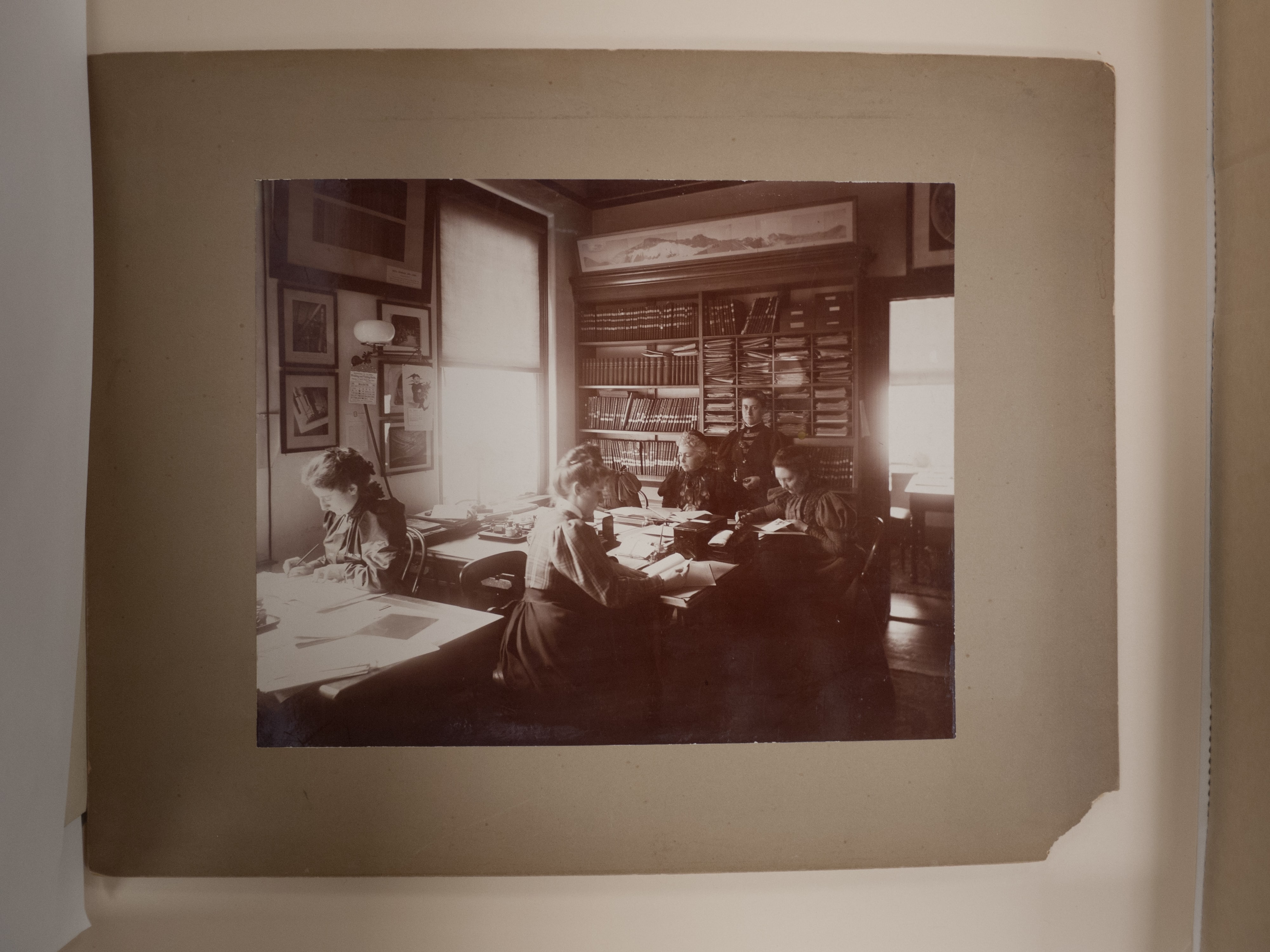The Female Astronomers Who Captured the Stars
16:43 minutes

In the late 19th century, astronomy was a growing field. At the time, Edward Pickering, the director of the Harvard College Observatory, was working to create a classification system for stars by capturing the light from these distant celestial objects onto photographic glass plates. A team of female assistants and astronomers meticulously maintained and analyzed these delicate negatives. In her new book, The Glass Universe: How the Ladies of the Harvard Observatory Took the Measure of the Stars, Dava Sobel shares the stories of these female “human computers” and how their work helped to advance the field of astronomy and the role of women in science.
This team of astronomers included Williamina Fleming, who was once Pickering’s maid but eventually became a supervisor to the group and went on to identify hundreds of variable stars. And Henrietta Swan Leavitt’s observations about the luminosity of stars would shape later ideas about the expanding universe.
[Meet the women who brought us Apollo 11.]

[How to write women back into science history.]

[Using Einstein’s ‘impossible’ experiment to weigh a star.]

Dava Sobel is author of The Glass Universe: How the Ladies of the Harvard Observatory Took the Measure of the Stars. (Viking, 2016) She’s based in New York, New York.
Alexa Lim was a senior producer for Science Friday. Her favorite stories involve space, sound, and strange animal discoveries.